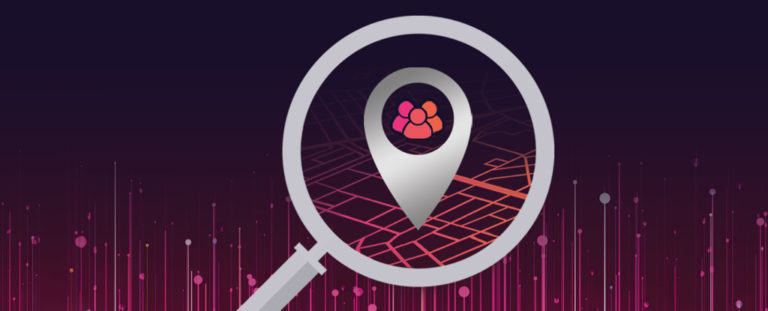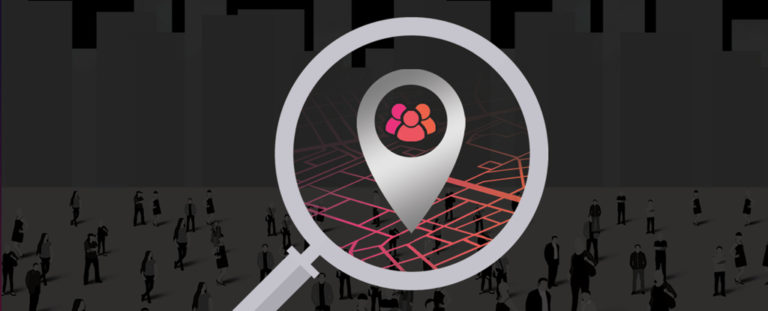Women's Representation in Tech and OOH
Published: March 1, 2023
"There is no limit to what we, as women, can accomplish." — Michelle Obama
March 8, International Women's Day, marks the global celebration of women's past and present achievements with the hopes of raising awareness and taking action against gender inequity, discrimination, and bias. Thankfully today, gender equality has shown slight progress since Taft ran America and horse-drawn buggies were the latest fashion; however, women and girls still face discrimination and disproportionate economic opportunity worldwide.
Let’s not forget there are women who experience multiple forms of discrimination, such as women of color, migrant women, and women with disabilities. Statistically, they have lower earnings and higher poverty rates. An insightful article, “What’s Policy Got to Do with It? Race, Gender & Economic Inequality in the United States,” delves deeper into how social and political policies shape women’s economic positioning across racial and ethnic groups.
Before getting into the persistent and stark gender inequalities in the workplace, let's take a moment to celebrate the small crack society has made to the 'glass' ceiling. For one, 39.3% of the global labor force is female. Thanks to more women entering secondary and tertiary school, women have overtaken men, accounting for more than half (50.7%) of the college-educated labor force in the United States, according to a Pew Research Center analysis of government data.
Despite the fact that women are ready to enter the labor force, global workplace statistics aren’t reassuring. Women inhabit a majority of the world’s population yet are still promoted at a slower rate than men. For every 86 women promoted to management, 100 men are promoted at the same level, according to McKinsey’s Women in the Workplace 2021 report, coauthored with LeanIn.Org.
The employment gender gap further widens for women in tech, with only 52 women being promoted to manager for every 100 men. These statistics aren't too surprising, with tech being a predominantly male industry since it became profitable in the 1980s and ’90s. Ph.D. researcher Kimberly Earles wrote in "The Gender Divide in the Tech Sector" article that the most significant issue that shapes the ongoing gender divide in tech industries comes from top executives' lack of commitment to making gender equality a business priority." It doesn't have to do with the shortage of women entering the field. In fact, women made up half of all STEM workers and earned 53% of all STEM college degrees in 2018 but are still not represented proportionally in applicant pools and upper management.
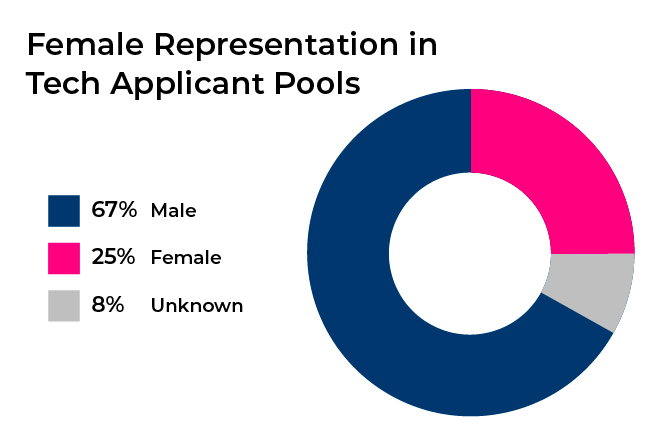
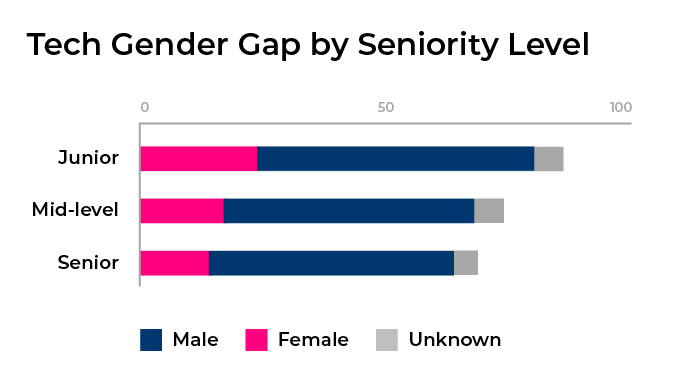
“We’ve agreed that we have the power to change this business we love until it looks more like the industry we want to lead.” — Times Up Advertising
Similar to tech, the out-of-home (DOOH) industry tends to be male-centric, with historical impediments restricting women’s participation. However, there has been a recent shift from male uniformity to diversity in the OOH field. Billboard Insider found 362 women held an executive position in the OOH world, with out-of-home firms accounting for 58%, followed by out-of-home agencies (22%), out-of-home tech firms (8%), out-of-home organizations (4%) and banking and legal firms (3%). While these numbers are moving in a positive direction, it’s clear that there is still work to be done in tech, out-of-home, and the overall workforce to improve diversity and equity. But that starts with the company.
Each industry has to address the problems and tackle gender equality head-on. Mckinsey's Women in the Workplace 2022 report urges companies to start with core actions that guarantee women an equitable and unbiased workplace environment, such as: making a compelling case for gender diversity, investing in more employee training, ensuring that hiring, promotions, and reviews are fair, give employees the flexibility to fit work into their lives, and focus on accountability and results. Slack, a global software company, kept consistent diversity metrics even when its company doubled in size. It was able to do this through its Year Up program, which gives underrepresented minorities and women access to intensive training and internships that will then lead them to full-time jobs.
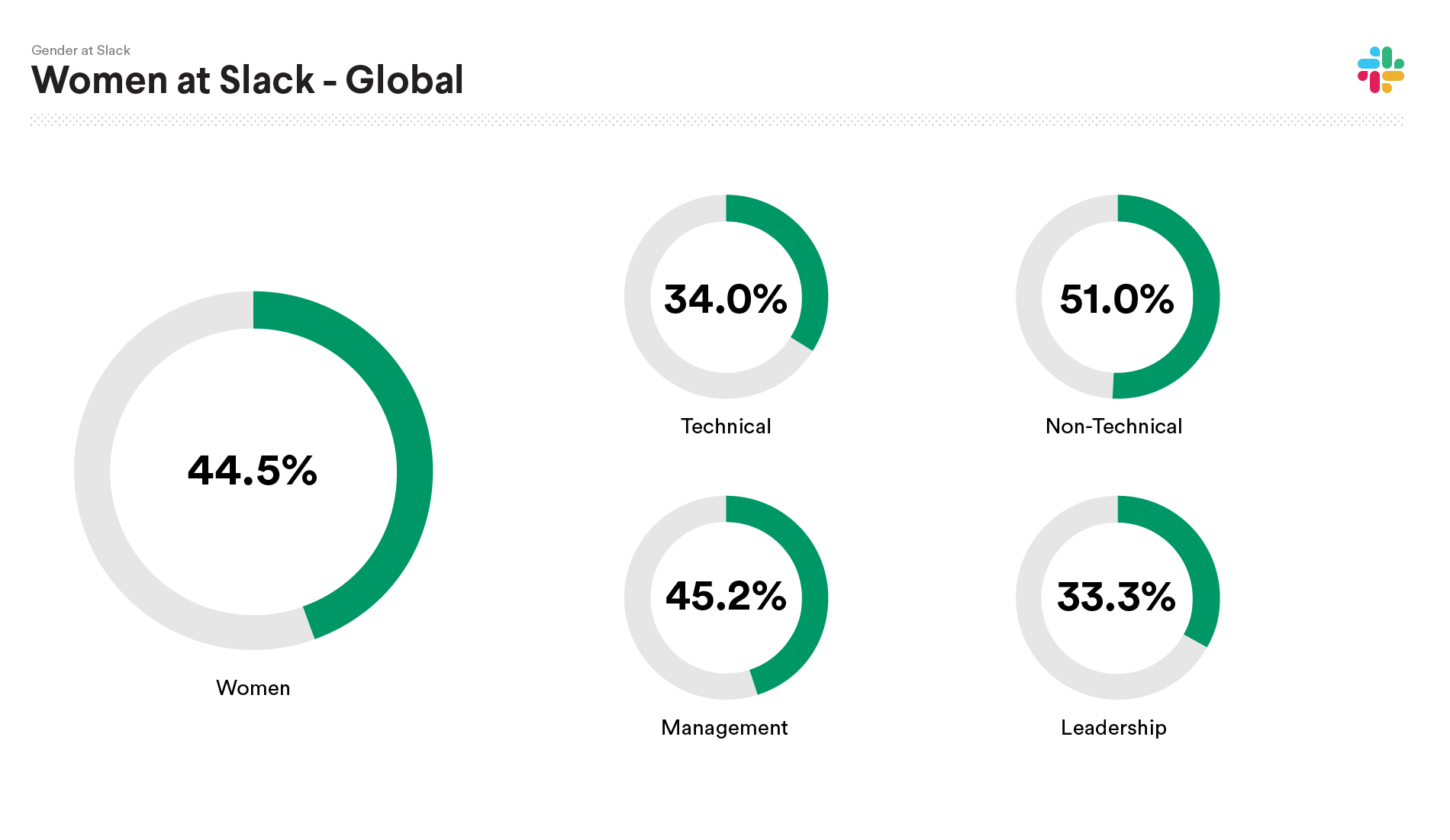
In order to create gender equity in the workplace, there needs to be concrete change from the top - particularly in the tech field. Until this problem becomes a priority, companies will continue to fall short, creating a cycle of unhappy and unproductive employees, many of whom leave amid their careers, mandating companies to expend more time and money on hiring and recruiting. Contact us at concierge@adomni.com.
Written By: Julia Cramer
To get the latest updates on out of home advertising, digital marketing and technology, follow us on:
Or sign up for our newsletter.





